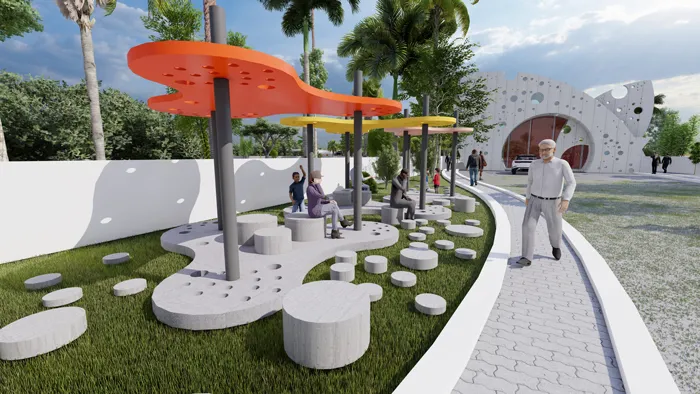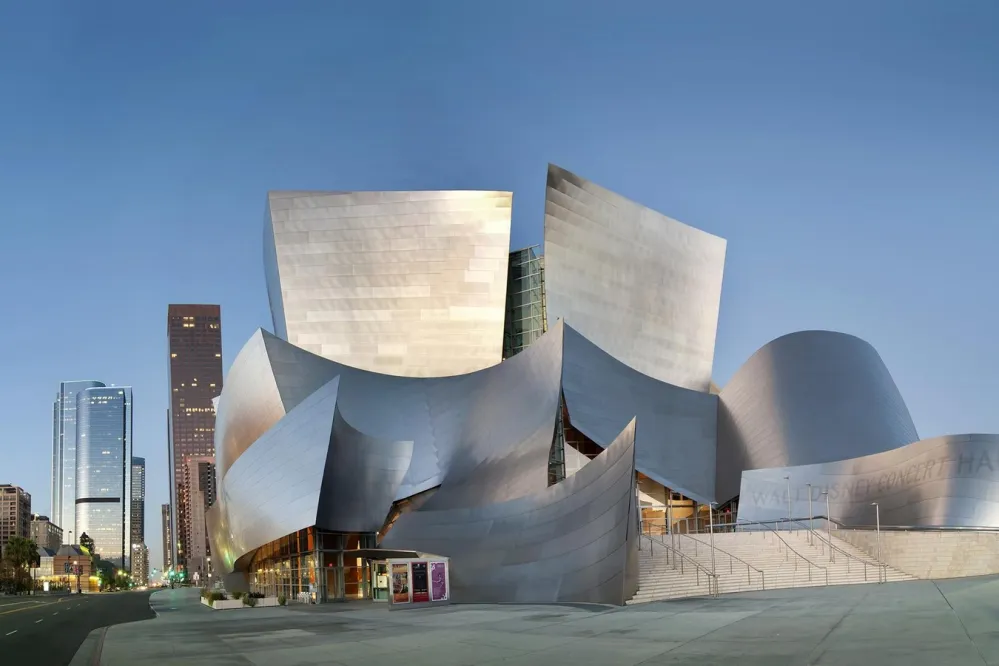The role of the architect in shaping spaces and environments is multifaceted and indispensable. Architects are pivotal in designing buildings, structures, and urban landscapes, exerting a profound influence on our daily lives and interactions with the environment. Their work begins with conceptualization, where they draw inspiration from client needs, site conditions, and cultural context to envision spaces that are both functional and aesthetically pleasing. Throughout the design process, architects collaborate closely with clients, engineers, and other stakeholders to translate abstract concepts into tangible designs. From sustainable building practices to innovative design solutions, architects strive to create environments that enhance quality of life and promote well-being. By pushing the boundaries of creativity and embracing emerging technologies, architects leave a lasting impact on the built environment, shaping the way we experience and interact with the spaces around us.
The Creative Process
The architect’s journey begins with conceptualization, where ideas are born and visions take shape. Drawing inspiration from client needs, site conditions, and cultural context, architects envision spaces that are functional, aesthetic, and sustainable. Through sketching, modelling, and digital rendering, they transform abstract concepts into tangible designs that reflect their clients’ aspirations and values.

Collaboration and Communication
Effective communication is essential throughout the architectural process, requiring architects to collaborate closely with clients, engineers, contractors, and other stakeholders. By listening attentively, asking probing questions, and soliciting feedback, architects ensure that their designs align with project goals and constraints. Clear and concise communication fosters trust and transparency, enabling smooth project execution and successful outcomes.
Innovative Design Solutions
Architects are problem solvers, tasked with finding creative solutions to complex design challenges. Whether optimizing space in a small apartment or revitalizing a historic neighbourhood, they leverage their expertise to overcome obstacles and achieve project objectives. By embracing innovation and embracing emerging technologies, architects push the boundaries of design possibilities, delivering unique and innovative solutions that enhance the built environment.
Sustainability and Environmental Stewardship
In an era of climate change and resource depletion, architects play a vital role in promoting sustainability and environmental stewardship. Through passive design strategies, energy-efficient technologies, and sustainable materials, they minimize the environmental impact of buildings and reduce carbon emissions. Architects also advocate for green building practices and certifications, such as LEED (Leadership in Energy and Environmental Design), to ensure that projects meet rigorous sustainability standards.
Cultural and Social Impact
Architecture is more than just buildings; it is a reflection of culture, history, and society. Architects have the power to shape the cultural and social fabric of communities, fostering inclusivity, diversity, and equity through their designs. By engaging with local communities and embracing cultural diversity, architects create spaces that celebrate heritage, promote social interaction, and enrich the human experience.
Iconic Architecture
Throughout history, architects have created iconic structures that define cities and inspire generations. From ancient wonders like the Pyramids of Giza to modern marvels like the Burj Khalifa, these architectural masterpieces capture the imagination and leave a lasting legacy. Architects continue to push the boundaries of innovation and creativity, designing iconic landmarks that become symbols of progress and identity.
Adapting to Change
In a rapidly evolving world, architects must adapt to changing trends, technologies, and societal needs. By staying abreast of emerging developments and embracing continuous learning, architects remain at the forefront of design innovation. Whether designing sustainable cities, resilient infrastructure, or adaptive reuse projects, architects play a pivotal role in shaping the future of our built environment.
Conclusion
Architects are stewards of the built environment, tasked with shaping spaces and environments that enhance quality of life, promote sustainability, and celebrate culture. Through creativity, collaboration, and innovation, they transform abstract ideas into tangible realities, leaving a lasting impact on communities and societies. As we navigate the challenges and opportunities of the 21st century, architects will continue to play a vital role in shaping the world we live in.
